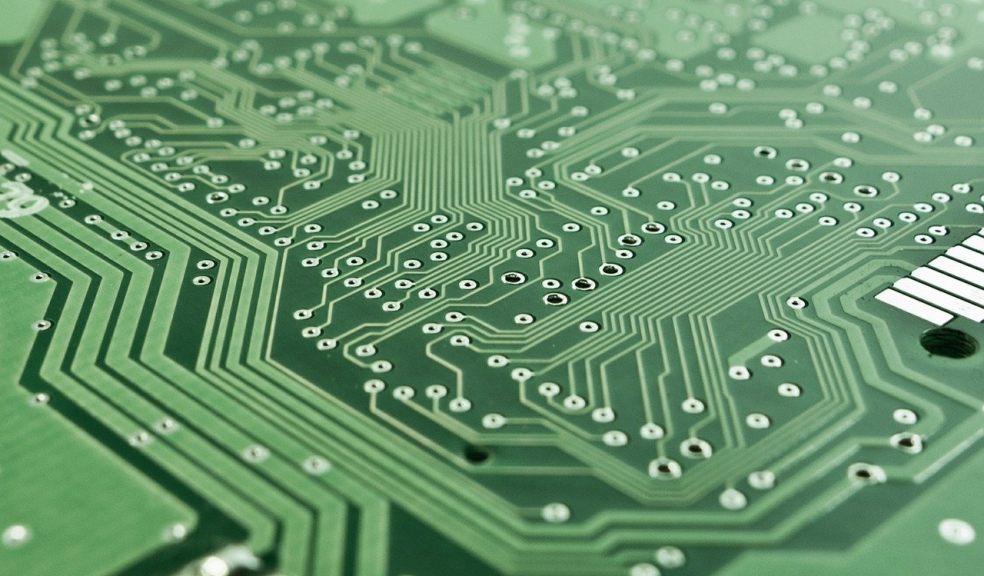
Everything You Need to Know About Membrane Switches in 2022
As membrane switches continue to grow in popularity, it's important to stay up-to-date on the latest advancements and technologies. So, this blog post will discuss everything you need to know about membrane switches in 2022.
We'll cover the different types of membrane switches, their advantages and disadvantages, and how they're used in various applications. By the end of this blog post, you'll have a better understanding of what membrane switches are and why they're becoming more popular each year.
What is a Membrane Switch?
A membrane switch is first and foremost a switch, and they are primarily used to control a circuit. They can also be defined as an interface created by using multiple layers of flexible materials, such as plastic films. In addition to this, the surfaces of these materials have graphic inks printed on them.
As mentioned above, their primary purpose is to open and close electrical circuits, which is why they are also defined as circuit-controlling systems. When the switch is turned on, the circuit is closed and complete, and when it is turned off, the circuit is open.
Essentially, these can be used for practically anything with an on or off button. Many people aren’t aware that membrane switches have actually been around for about five decades, ever since membrane keypads were created in the early 1970s.
How They Work
If this is your first-time hearing about membrane switches, you are probably curious as to how exactly they work. In all honesty, how they work is relatively simple. As mentioned above, a membrane switch is made up of multiple layers, with each layer having an arrangement of electrical contacts.
If you want to activate the switch, you will press the top layer, which will then push the top layer down onto the layer underneath. In turn, this causes the electrical contacts on the layers to make contact.
This is one of the key differences between membrane switches and mechanical switches; mechanical switches are usually made from a hard material, such as plastic, whereas membrane switches are made from flexible materials.
In order to protect the membrane switches from damage, shielding is used. There are many different types of Shielding for Membrane Switches available, such as top surface shielding and printed shields, but the most conductive shield available is aluminum foil. Aluminum is one of the most versatile materials available today, and you can buy aluminum to fit almost any application.
Materials They are Made From
In terms of the materials that membrane switches are made from, there are many, and each is relevant to the respective layer. For example, the top layer of the switch is the one that will be touched the most, which means that it needs to be flexible in order to touch the layers under it. However, it also needs to be durable.
Common materials that the top layer is made from include polycarbonate or polyester; both are very similar, except polycarbonate has a flame-retarding property and is easier to process than polyester.
In order to create the “touch buttons” on some devices, domes are used, which are typically made from polyester or plastic, but some are made from metals such as copper alloy or stainless steel.
Then, there is the retainer layer, space layer, and circuit layer, which could either be individual or double, circuit tail, and more. Two methods are used to create the graphics seen on membrane switches, which are photochemical etching and screen printing.
Benefits of Using a Membrane Switch
Finally, you might be wondering about the benefits that membrane switches provide. One of the biggest benefits that membrane switches offer is that they can be a lot more durable than traditional switches. In addition to this, membrane switches are easy to clean since their sealed construction prevents moisture damage and damage from dust and dirt.
Another benefit membrane switches offer is tactile feedback, meaning that there is a touch sensation letting you know that the “button” has been pressed. In terms of aesthetics, membrane switches offer a very low-profile design, allowing them to be sleek and elegant. Finally, membrane switches offer backlight so users can see what it is they are pressing, even in complete darkness.



















